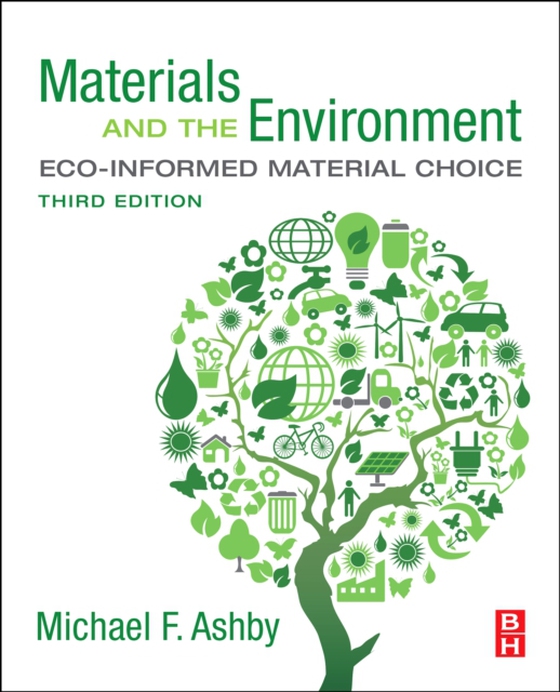
Materials and the Environment e-bog
546,06 DKK
(ekskl. moms 436,85 DKK)
Materials and the Environment, Third Edition, discusses the history of our increasing dependence on materials and energy. The book explains where materials come from and how they are used in a variety of industries, along with their lifecycle and relationship to energy and carbon. In addition, it covers the controls and economic instruments that hinder the use of engineering materials, consider...
E-bog
546,06 DKK
Forlag
Butterworth-Heinemann
Udgivet
21 december 2020
Længde
448 sider
Genrer
Materials science
Sprog
English
Format
pdf
Beskyttelse
LCP
ISBN
9780128215265
Materials and the Environment, Third Edition, discusses the history of our increasing dependence on materials and energy. The book explains where materials come from and how they are used in a variety of industries, along with their lifecycle and relationship to energy and carbon. In addition, it covers the controls and economic instruments that hinder the use of engineering materials, considers sustainability from a materials perspective, and highlights the importance of low-carbon power and material efficiency. Further sections cover the mechanical, thermal and electrical properties of engineering metals, polymers, ceramics, composites and natural materials and their relationship to environmental issues. This book is intended for instructors and students of Engineering, Materials Science and Industrial/Product Design, as well as for materials engineers and product designers who need to consider the environmental implications of materials in their designs. Introduces methods and tools for thinking about, and designing with, materials within the context of their role in products and the environmental consequences Contains numerous case studies showing how the methods discussed in the book can be applied to real-world situations Includes full-color datasheets for dozens of the most widely used materials, featuring such environmentally relevant information as their annual production and reserves, embodied energy and process energies, carbon footprints, and recycling data
 Dansk
Dansk

